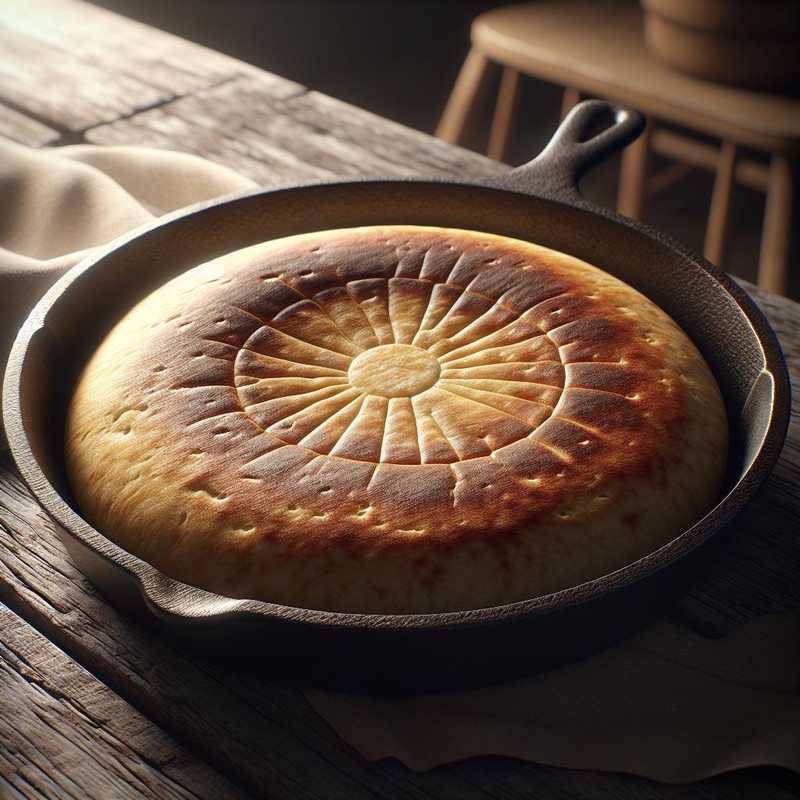Bannock
17/11/2023Bannock is a traditional Scottish bread, very simple and versatile, with origins that go far back in the history of the island. It is a recipe that can be easily adapted, and we will also discuss how to add an Italian touch to this classic dish. Here are the ingredients and the method.
Ingredients
- 250 g of flour
- 2 teaspoons of baking powder
- 1/2 teaspoon of salt
- 1 teaspoon of sugar (optional)
- Lukewarm water as needed to form a dough
- Butter or oil for cooking
For an Italian touch, you could add aromatic herbs such as rosemary or thyme, or maybe some grated Parmesan cheese to the dough.
Preparation
- In a large bowl, mix the flour, baking powder, salt, and sugar (if you decide to use it).
- Gradually add lukewarm water, mixing until a dough forms that is soft but not sticky.
- On a floured work surface, roll out the dough until it is about 1-2 cm thick.
- Heat a skillet or griddle and lightly grease with butter or oil.
- Cook the Bannock for about 10-15 minutes per side, until it becomes golden and well cooked in the center. To check if it’s done, you can insert a toothpick into the center: if it comes out clean, the bread is ready.
- Serve warm, fresh from the pan.
Curiosities
The word “Bannock” comes from the Latin “panniculus,” which later became “bannuc” in Old English, before being adapted by the Scots. Traditionally, Bannock was cooked on a flat stone placed directly over the fire. Today, it is common to cook it in a skillet or in the oven. There are many regional variants, with different flours and additions such as dried fruits or seeds.
For a pairing with an Italian wine, you might try a slightly fruity and fresh white wine, such as a Pinot Grigio from Friuli, whose light body and lively notes could well complement the simplicity of this bread.
